Hallyu! The Korean Wave
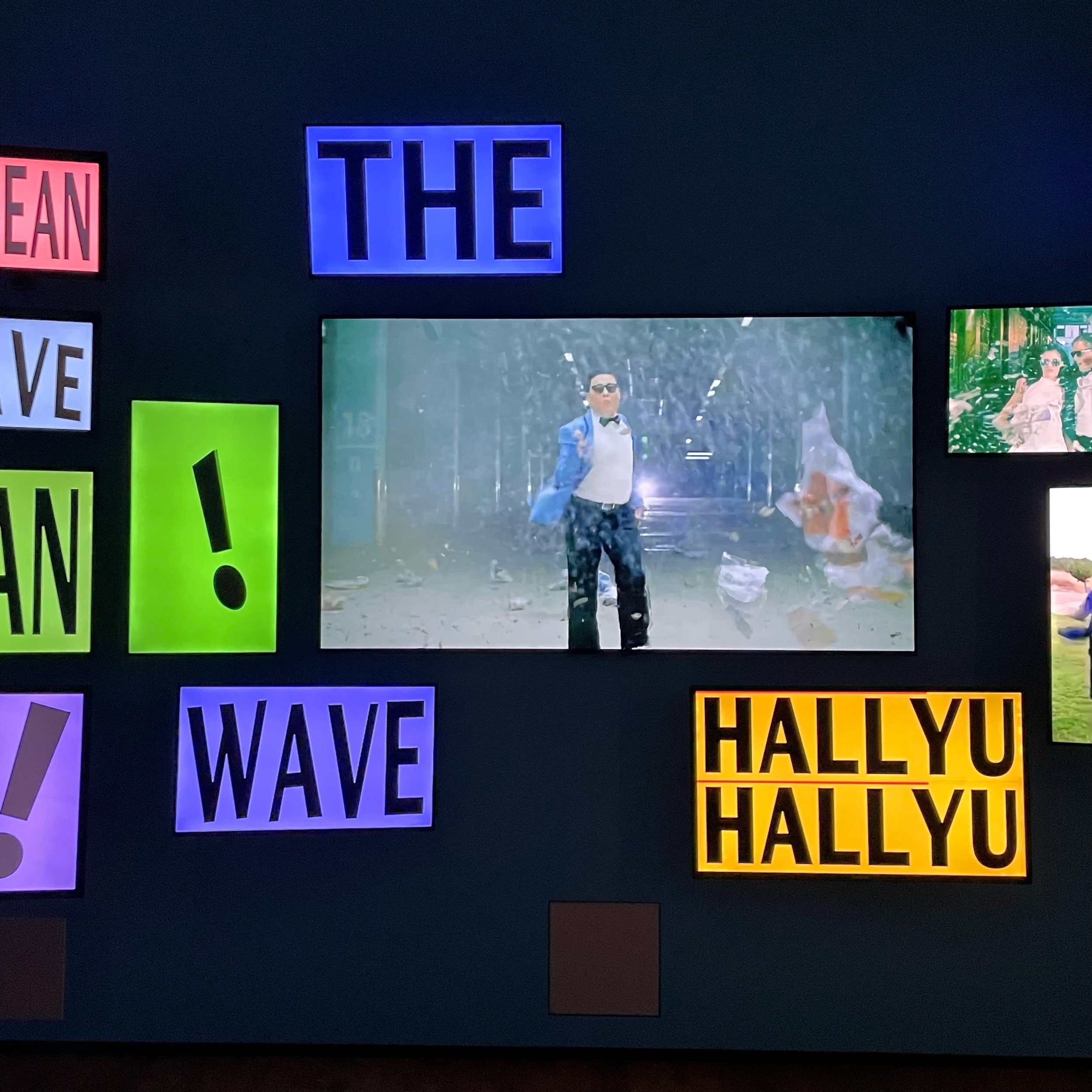
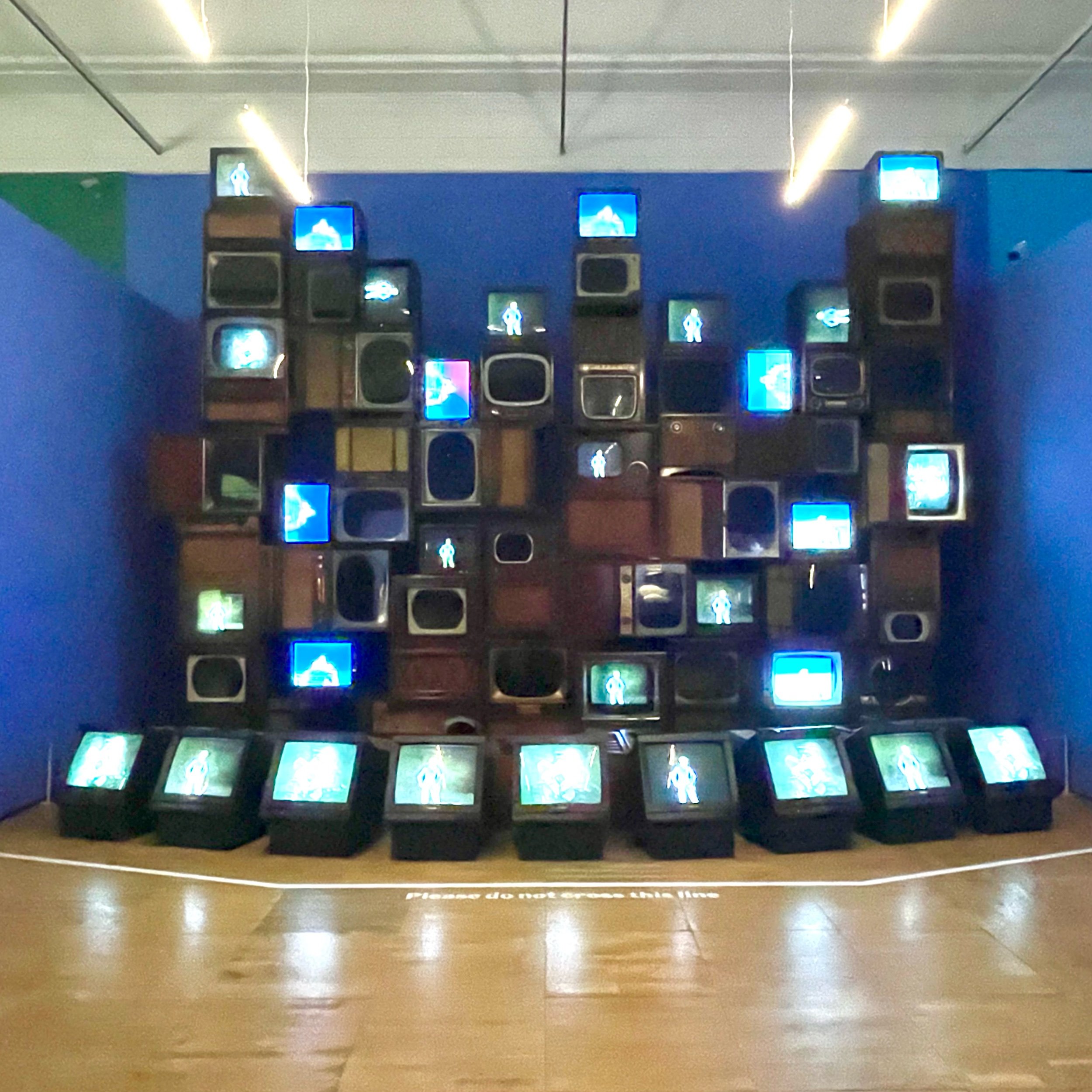
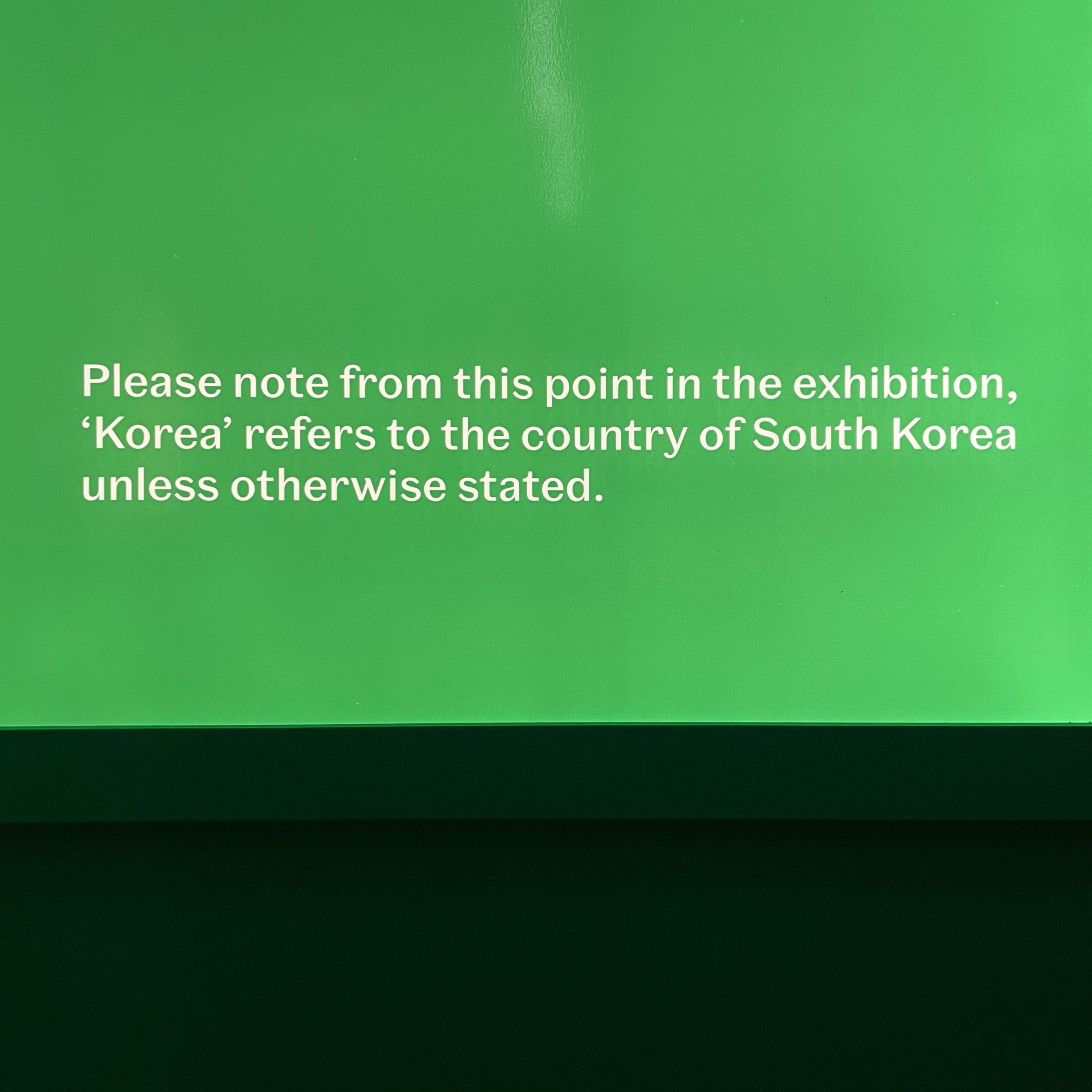
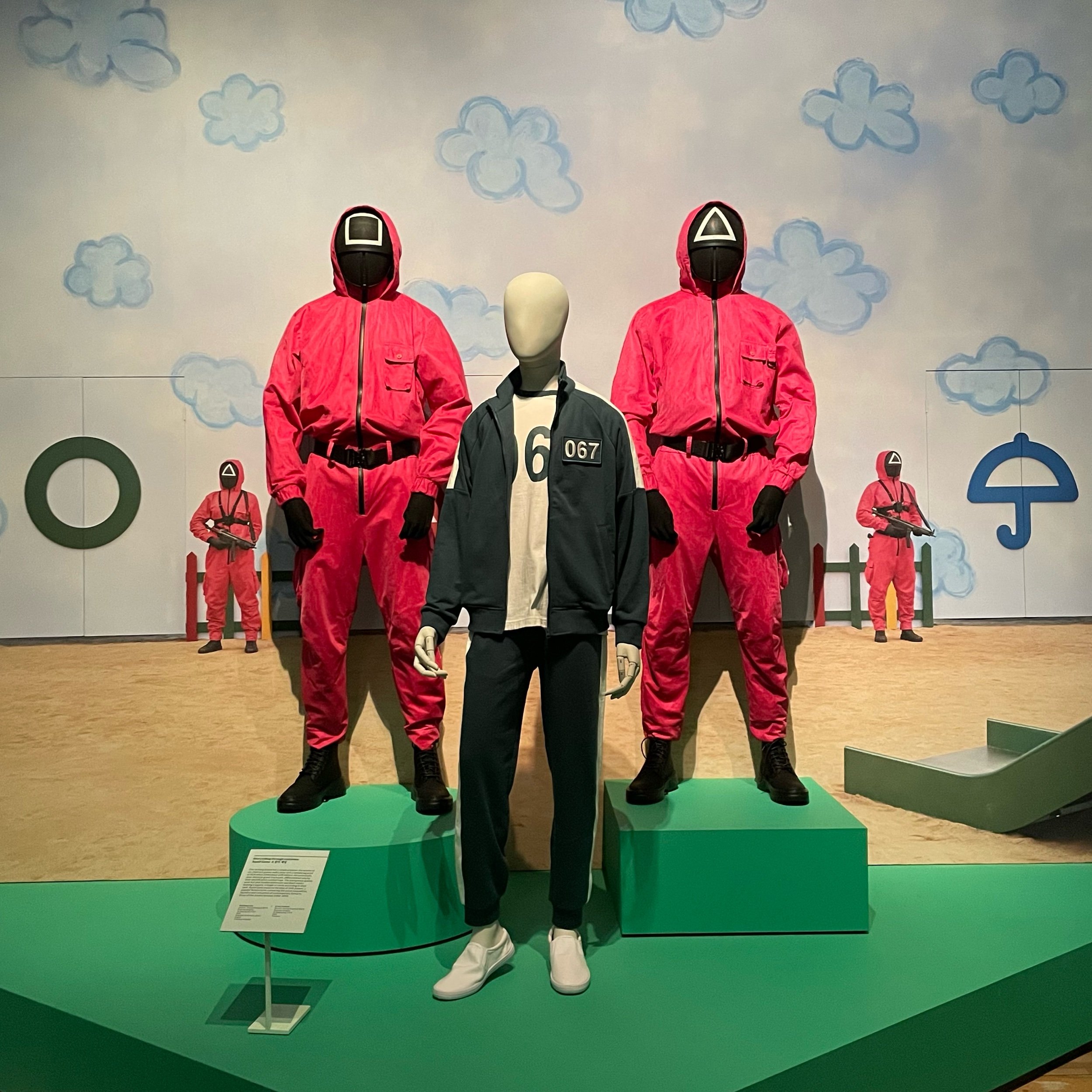
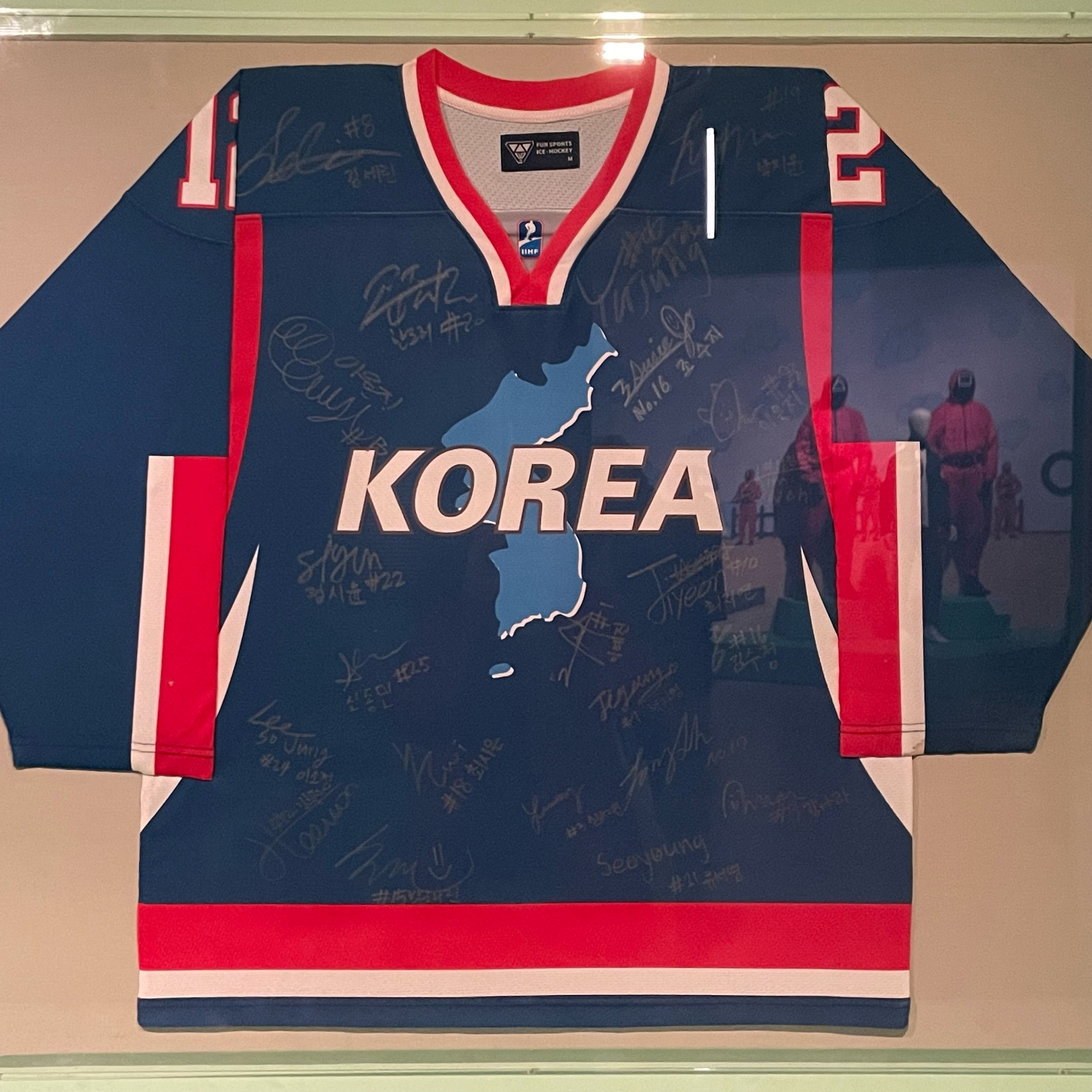
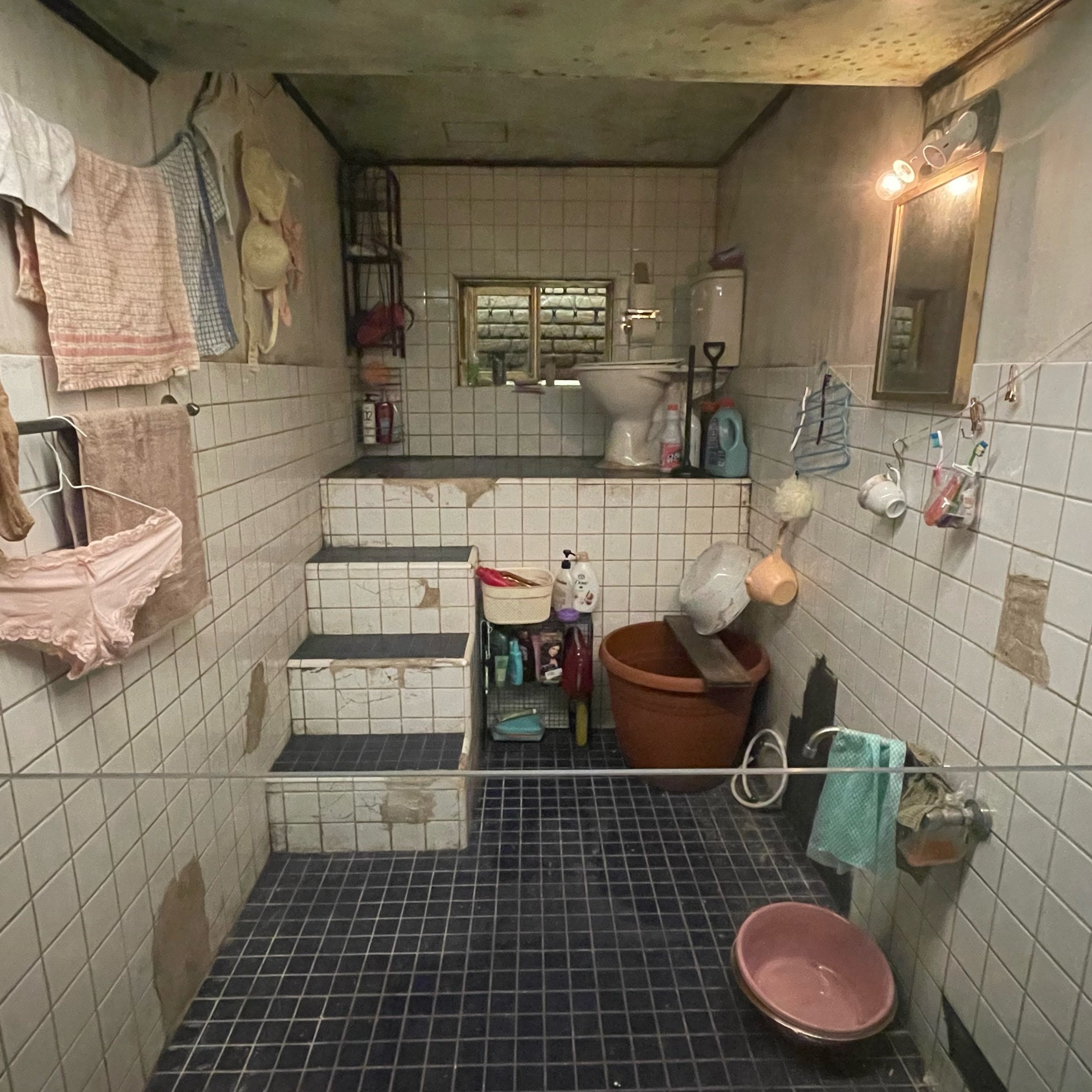
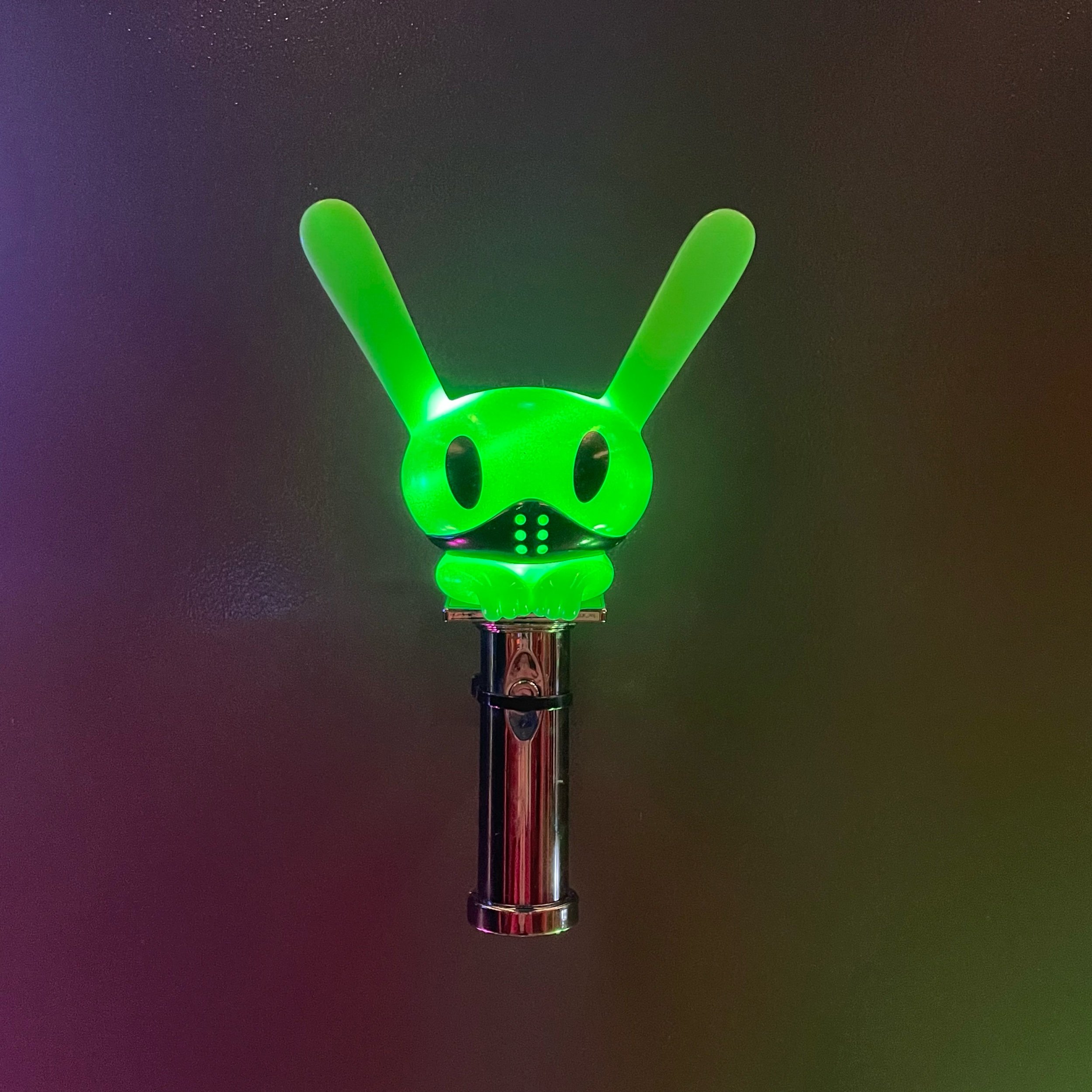
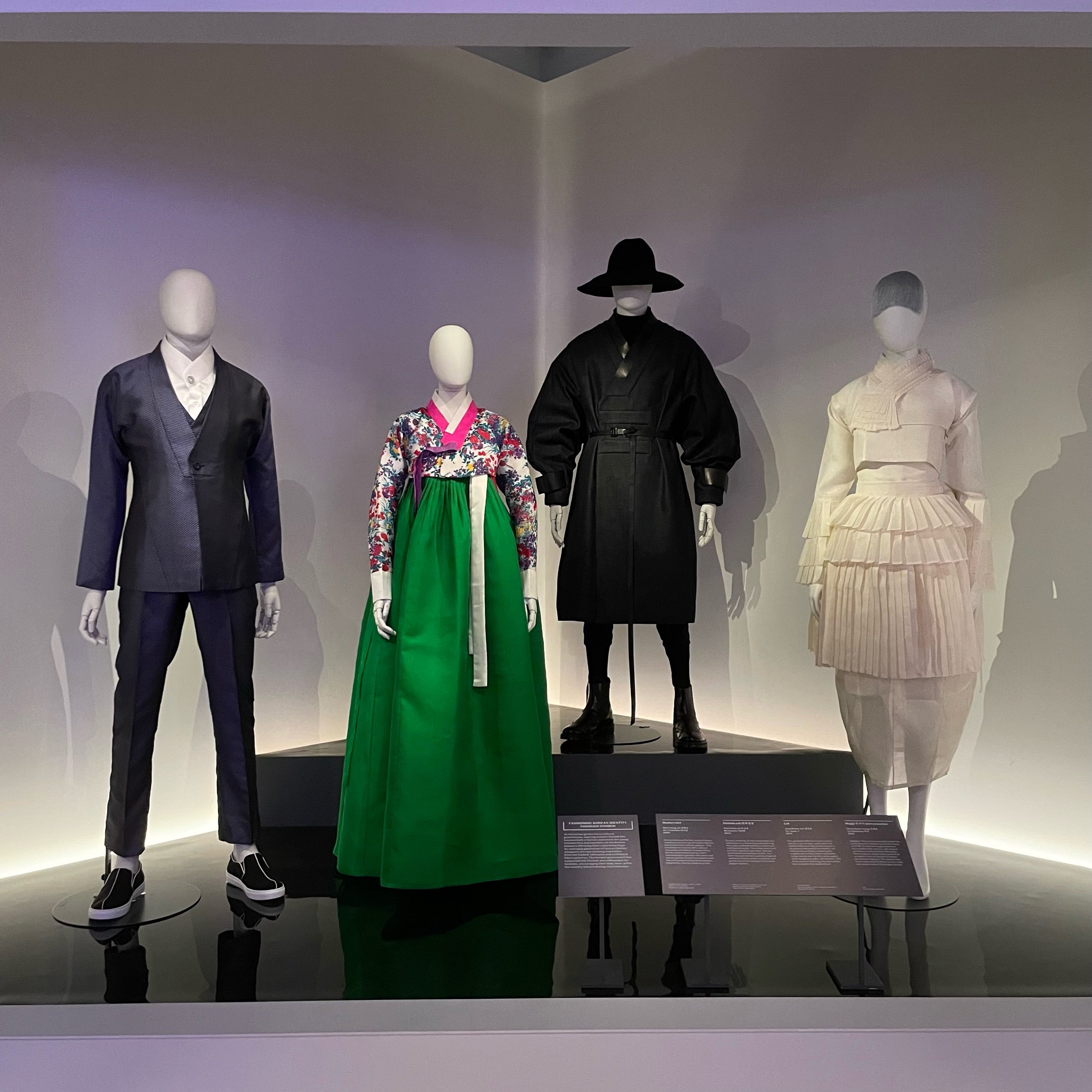
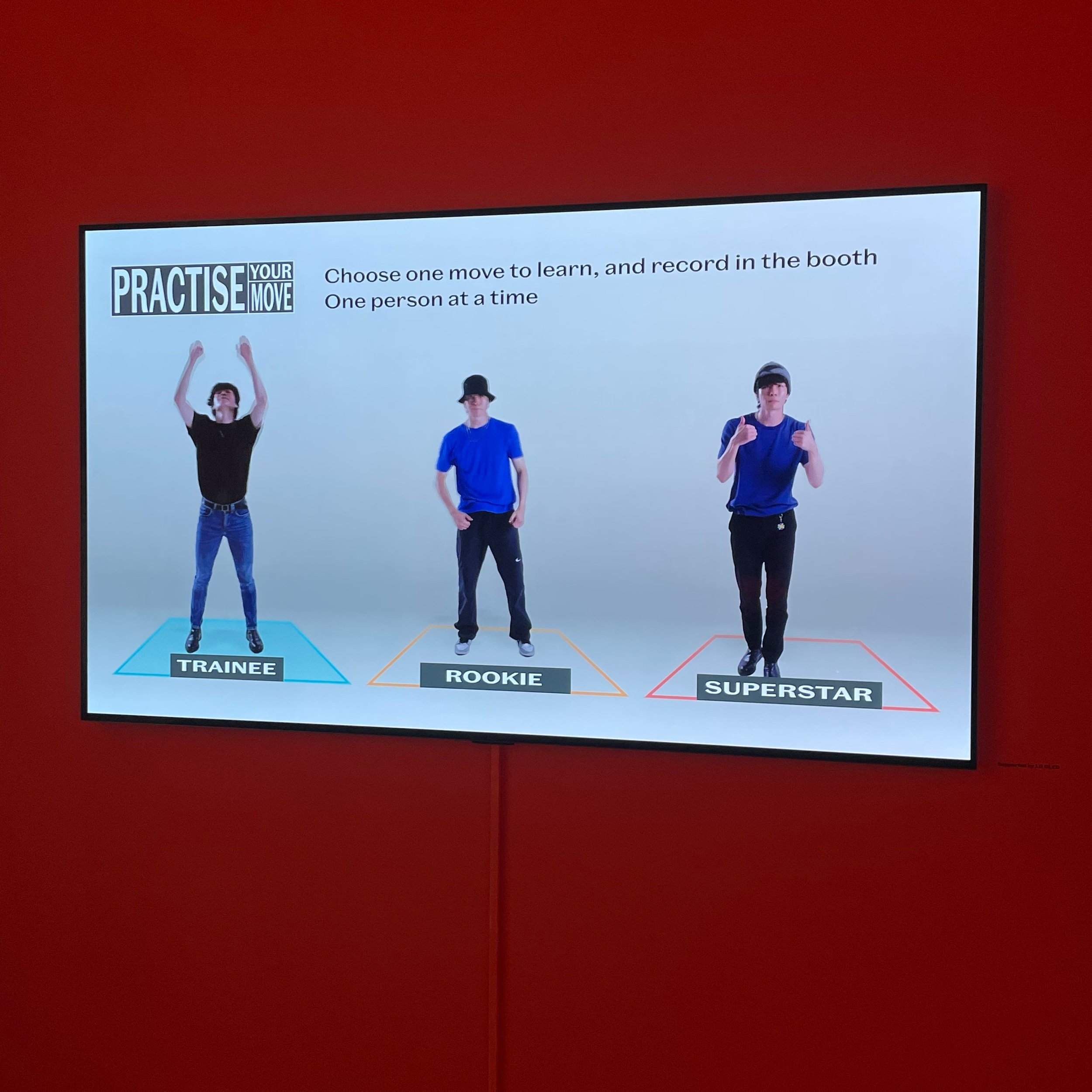
In the last decade the world has embraced modern Korean pop culture because it is both foreign and familiar. It blends, borrows, samples and steals from many disparate sources that shouldn’t seamlessly co-exist as effectively as they do. The result is something unapologetically in-your-face and entirely unique. Doubters need only review the YouTube stats for Psy’s 2012 song Gangnam Style, viewed over 4.4 BILLION times since it’s debut. Not bad coming from a country with a population of 52 million. It should come as no surprise that the video is part of a “smack you in your face” wall to open a show that otherwise manages to make K-Pop feel flat and listless. I’ve been trying to figure out why.
My core concern stems from the traditional museum-style approach regarding object display. Safely showcasing items behind glass, with corresponding numbered wall texts, is something the V&A do very, very well. In fact, it only takes two rooms for their curators to present an effectively abridged recap of ‘recent’ Korean history from the last hundred years to contextualise everything you need to know in order to understand the emergence of current Korean culture.
Going into the show, I knew just enough to know that I wanted to feel immersed inside a K-drama. I wanted to see and hear the K-Pop Idols in action, and have my reactions drowned out by their hordes of screaming fans. I can only assume a lack of licensing is what led to the vast majority of this being attempted via static imagery and text. That’s a shame when so much of the source material was created for cinemas, TV and YouTube, and I felt incredibly let down by the relative lack of video content, which was occasionally incredible. The claustrophobic experience that plants you inside the iconic Oldboy hallway fight scene made me physically flinch to dodge the punches flying off the screen. It’s life-sized immersive, and requires no knowledge of the movie to experience it’s impact.
Similarly, standing in front of the Squid Game guards was every bit as daunting as that TV show had led me to believe it would be. For me, a large part of the charm of the V&A costume displays has always been the ability to see the size and materiality of an outfit I had only previously seen on screen. Unfortunately, much of the fashion in this exhibit is shown out of context and I had rarely seen the source. That might not matter to most, but I found it frustrating. A selection of incredibly curious hats was explained as being influential and eye opening, yet appeared without a single still image or video from the TV series they came from.
The exhibition is certainly a visual feast for the eyes, but I spent far too much time reading small wall text just to know what it was I was looking at. I also don’t envy the copywriters, who were given the incredibly challenging task to describe something so foreign and vibrant in 50 words or less. Sterile explanations elicit exactly the opposite effect that scantily clad K-Pop dance moves were choreographed to provoke. And without the accompanying video, there’s simply no way to appreciate the “seismic moment in Korean music history” that was SEOTAIJI and Boys' 1992 “unconventional performance” despite the factual accuracy of the wall text.
You’re bound to walk away with more than a few things you’ll binge watch later, but the £20 adult ticket feels steep for such a static exhibition about TV, cinema and music that you’re unlikely to have already seen or heard.
At the V&A South Kensington until 25 June, 2023
Visit this link for more information and to book tickets.
